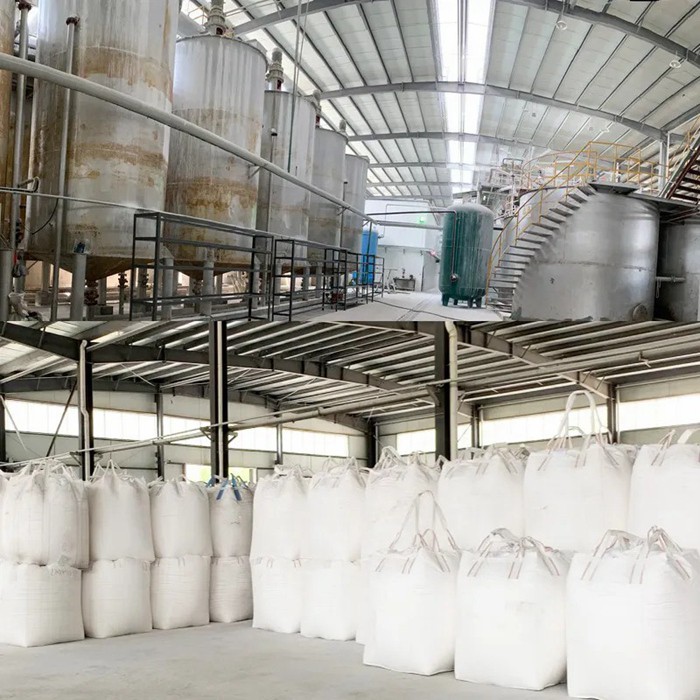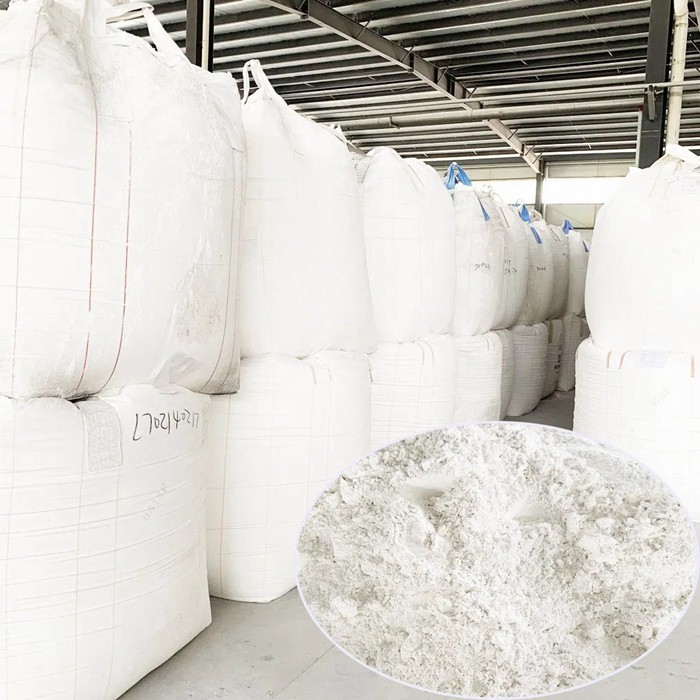High-purity talcum powder is the raw material for baby talcum powder
Product description
For generations, baby powder has been a staple on changing tables and nursery shelves, synonymous with keeping babies dry, comfortable, and smelling fresh. This soft, fine powder plays a specific role in infant skincare, primarily focused on managing moisture in those adorable little folds and creases.

Why Use Baby Powder?
A baby's skin is incredibly delicate and prone to irritation from moisture. Warm environments, diaper areas, skin folds (like neck, armpits, thighs), and even drool can create dampness. This moisture, if trapped, breaks down the skin's natural barrier, leading to chafing, redness, and potentially contributing to conditions like diaper rash. Baby powder acts as a moisture absorber. By wicking away excess wetness, it helps:
Reduce Friction: Creates a silky barrier, minimizing skin-on-skin rubbing.
Keep Skin Dry: Absorbs sweat, urine, and drool residue.
Prevent Irritation: Lowers the risk of chafing and heat rash.
Promote Comfort: Leaves skin feeling soft and smooth.

Modern Formulations: Safety First
Historically, talcum powder was the primary ingredient. However, significant health concerns regarding the potential inhalation risks of talc and possible links (though still debated) to respiratory issues and certain cancers led to a major shift. Today, the vast majority of baby powders are talc-free.
Cornstarch: The most common base now. It's highly absorbent, gentle, and generally considered safe. Look for non-GMO cornstarch options if preferred.
Arrowroot Powder: Another natural, plant-based alternative with good absorbency, sometimes used alone or blended with cornstarch.
Oat Flour: Offers mild soothing properties alongside absorption.
Kaolin Clay: A very gentle clay known for its absorbency and soothing qualities.
Calendula, Chamomile, Aloe: Sometimes added in small amounts for their calming and skin-soothing benefits. Always check for potential allergens.
Fragrance: Many powders are fragrance-free, which is ideal for sensitive skin. Lightly scented options exist, but unscented is often recommended, especially for newborns or babies with eczema.
Using Baby Powder Safely and Effectively
Less is More: You only need a light dusting. Excessive powder can clump and actually increase irritation.
Target Areas: Focus on moisture-prone areas: diaper area (especially creases), neck folds, underarms, behind knees, and other skin folds. Avoid the face and chest area completely to prevent inhalation.
Apply Carefully: Never shake powder directly onto the baby. Instead, put a small amount into your hand first, away from the baby's face, then gently pat or roll it onto the skin. This minimizes airborne dust.
Dry Skin First: Ensure the skin is completely clean and dry before application. Powder on damp skin cakes and becomes ineffective.
Patch Test: For new products, especially with added botanicals or fragrances, do a small patch test on baby's leg first.
Avoid Broken Skin: Do not apply powder to areas that are raw, broken, or severely irritated.
Store Securely: Keep the container tightly closed and well out of reach of children to prevent accidental spills or inhalation.
Conclusion
Modern, talc-free baby powder, primarily based on cornstarch or arrowroot, remains a useful tool for managing moisture and promoting comfort in specific areas of a baby's delicate skin. When used sparingly, applied correctly (away from the face), and chosen with care (preferably fragrance-free), it can help prevent chafing and keep little ones feeling dry and content. As with all baby products, prioritize safety, observe your baby's skin for reactions, and consult your pediatrician if you have any concerns.
5 Baby Powder Q&As:
Q: Is talcum powder safe for babies?
A: Due to significant inhalation risks and health concerns, talcum powder is not recommended for babies (or anyone). Always choose talc-free baby powders, typically made with cornstarch or arrowroot powder, which are considered much safer alternatives.
Q: How often should I apply baby powder?
A: Apply baby powder only as needed, not at every diaper change or bath. Focus on times when moisture is evident in skin folds or after a bath (once skin is completely dry). Overuse can lead to caking and irritation. Daily use isn't necessary if the skin is generally dry.
Q: Can I use baby powder with diaper rash cream?
A: It's generally not recommended to mix them directly. Applying powder over cream can cause clumping and reduce the cream's effectiveness. If you want to use both, apply a thin layer of powder to dry skin first (to absorb moisture), then apply the rash cream on top if needed for a barrier. However, many pediatricians suggest creams/ointments alone are sufficient for treating diaper rash.
Q: Are scented baby powders okay?
A: Fragrances are common allergens and irritants, especially for delicate baby skin. Fragrance-free powders are generally the safest and most recommended choice, particularly for newborns or babies with sensitive skin, eczema, or a history of reactions. If you choose scented, opt for very mild, naturally-derived scents and watch for any signs of irritation.
Q: How long does baby powder last? Does it expire?
A: While baby powder doesn't spoil like food, it can degrade over time. Moisture exposure is its biggest enemy, causing clumping and potentially promoting bacterial growth. An unopened container typically lasts 1-2 years. Once opened, use it within 6-12 months for best quality and safety. Discard it if it develops an off smell, changes texture significantly, becomes very hard/clumpy, or shows signs of moisture. Always store it tightly closed in a cool, dry place.
Recommended products




